How to Protect and Care for Your Fine Furniture
Mar 23, 2017, 13:17 PM
Matt Fox will be presenting on great weekend projects during the Cleveland Home + Remodeling Expo, March 24-26, at the Huntington Convention Center of Cleveland. Before you see him on the Main Stage Matt shares some tips for protecting and caring for your fine furniture.
Taking care of your fine furniture is really quite easy; it just takes a little common sense and most importantly a schedule. Like anything furniture needs to have a maintenance program that is followed on a regular basis. So make taking care of your furniture part of your weekly (or at least once a month) program.
These may seem like a lot of steps to follow to take care of your furniture, but if you start to think of the investment you made in all the pieces throughout your home, it starts to become a heavy chunk of cash, so why wouldn’t you want to take all the precautions you can to take care of that investment. So what are you waiting for, go get your cleaning supplies and get crackin!
Taking care of your fine furniture is really quite easy; it just takes a little common sense and most importantly a schedule. Like anything furniture needs to have a maintenance program that is followed on a regular basis. So make taking care of your furniture part of your weekly (or at least once a month) program.
- First and foremost the placement of your furniture is critical.
*Always keep furniture, especially wood and fabric, out of direct sunlight. The harmful UV rays of the sun can age furniture prematurely, ruining and fading fabrics on your upholstered pieces. So always avoid placing furniture in front of, or under windows.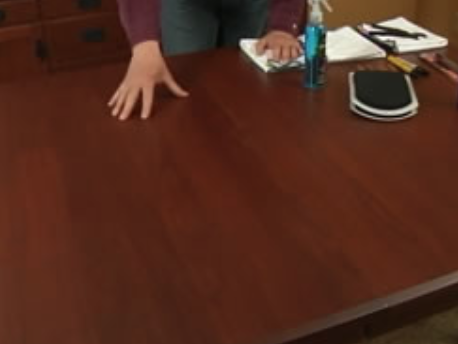
*It is a good practice to rotate your furniture often, if possible try changing your furniture arrangement seasonally. (A practice that Shari is quite good at, just ask her husband.)
*Always place furniture away from heating and air conditioning vents. The heat will make wood furnishings dry and brittle.
*When moving furniture, avoid lifting from the top of cabinets, tables and dressers.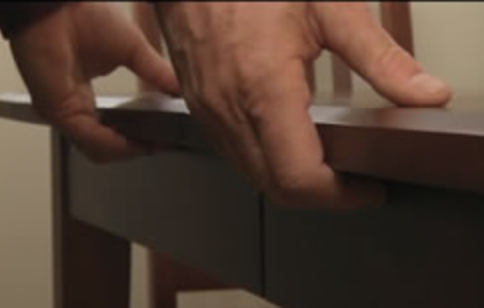
*Always lift from the apron to avoid pulling the top away from the piece.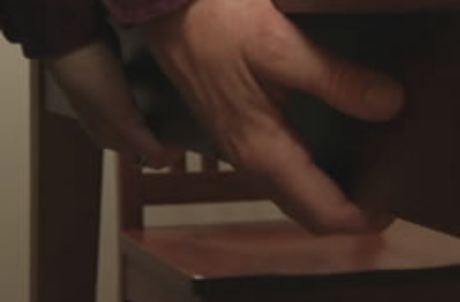
*Always lift items instead of sliding furniture across surfaces, unless you use furniture glides.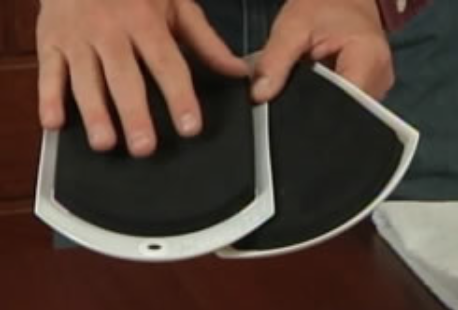
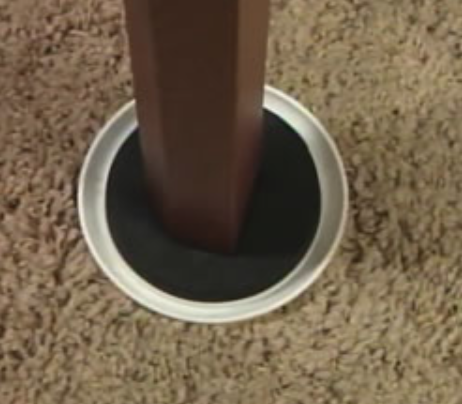
- Furniture glides come in many sizes from large pads to smaller pads. You can almost move an entire room by yourself using glides.
*Get in the habit of tightening any screws and bolts that secure legs or tops to furniture. Over time these items can become loose and cause not only damage to the furniture but can result in injury to your family.
*Dust build up will harm your home and furniture, because of the tiny particles of dirt that are usually carried in the dust.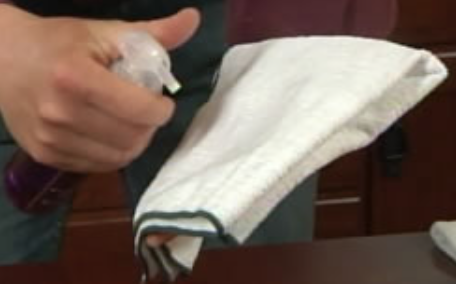
*Dust first, and then use the vacuum cleaner. As you dust, you will capture most of the dust onto the cloth you are using, but some will fall down. Vacuuming after dusting enables you to capture and remove the largest quantity of dust and dirt from your home.
*When dusting, always lift lamps and other objects – don’t slide them across the surface. - Use cleaning products that are safe for your home. But more importantly, use products that do not contain silicone, petroleum, or other harmful chemicals.
*First clean the surface with furniture cleaner. Spray the surface of the furniture then wipe with a micro fiber towel to remove all the old dirt, finger prints and oil from the surface. (Shari and I recommend Heirloom Essentials Fine Furniture Polish and Cleanser)
*Follow with a furniture polish that doesn’t contain any silicone or petroleum. Don’t overuse the product, spray a small amount on a micro fiber towel and gently polish the furniture. Polish once a week, or as often as you’d like, but get in the habit of polishing at least once a month. - Blot up spills immediately.
*If they go unnoticed, water spots should be left to dry out completely. Then place regular mayonnaise, not sandwich spread, onto a soft cloth and rub it on the water mark. In most cases it will disappear. When treating wood for a stain or scratch, it is a good practice to test the treatment method first on a hidden area of the table. The last thing you want is to cause more visible damage.
*If you spill liquid on paper, and the paper sticks to your wood furniture, this also comes up easily. Rub the area with salad oil or mayonnaise and it should be easy to remove. - Use coasters, placemats and tablecloths to protect furniture during use.
*To prevent water rings, always make coasters easily accessible. One of the best coasters to use is one made of wood that has felt underneath and an absorbent material to rest the glass on. Metal coasters tend to sweat onto the table, and the chemicals in a plastic coaster may react with the high-tech finishes used on today’s furniture. It is also helpful if the coaster has a slight outer ridge to capture any condensation coming from the glass.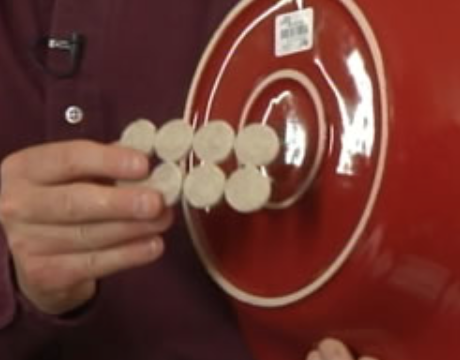
- Avoid prolonged use of plastic and rubber items on your furniture.
- Rotate accessories on your furniture periodically and add self adhering felt tabs to the bottom of items that might scratch your wood surfaces.
- When burning candles, use a large felt protector with a plastic top. Candle wax doesn’t run as much when it hits plastic. If wax does drip onto a table, wait until the wax has cooled and hardened. Then apply an ice cube directly to the wax and give it time to make the wax hard and brittle. Take a plastic spatula and gently scrape off the cold wax. Then polish the table with a clean cloth and furniture polish. Buff away any remaining residue.
- Minor scratches can often be disguised by using a scratch cover product. Just apply the product to a clean cloth and rub lightly over the scratch.
These may seem like a lot of steps to follow to take care of your furniture, but if you start to think of the investment you made in all the pieces throughout your home, it starts to become a heavy chunk of cash, so why wouldn’t you want to take all the precautions you can to take care of that investment. So what are you waiting for, go get your cleaning supplies and get crackin!

HUNTINGTON CONVENTION CENTER OF CLEVELAND
MARCH 24 - 26, 2017
)


